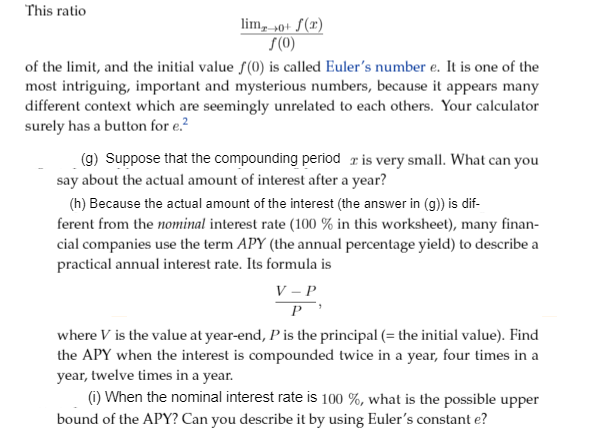(g) Suppose that the compounding period ris very small. What can you say about the actual amount of interest after a year? (h) Because the actual amount of the interest (the answer in (g)) is dif- ferent from the nominal interest rate (100 % in this worksheet), many finan- cial companies use the term APY (the annual percentage yield) to describe a practical annual interest rate. Its formula is V – P P where V is the value at year-end, P is the principal (= the initial value). Find the APY when the interest is compounded twice in a year, four times in a year, twelve times in a year. (1) When the nominal interest rate is 100 %, what is the possible upper bound of the APY? Can you describe it by using Euler's constant e?
Unitary Method
The word “unitary” comes from the word “unit”, which means a single and complete entity. In this method, we find the value of a unit product from the given number of products, and then we solve for the other number of products.
Speed, Time, and Distance
Imagine you and 3 of your friends are planning to go to the playground at 6 in the evening. Your house is one mile away from the playground and one of your friends named Jim must start at 5 pm to reach the playground by walk. The other two friends are 3 miles away.
Profit and Loss
The amount earned or lost on the sale of one or more items is referred to as the profit or loss on that item.
Units and Measurements
Measurements and comparisons are the foundation of science and engineering. We, therefore, need rules that tell us how things are measured and compared. For these measurements and comparisons, we perform certain experiments, and we will need the experiments to set up the devices.


Trending now
This is a popular solution!
Step by step
Solved in 4 steps









